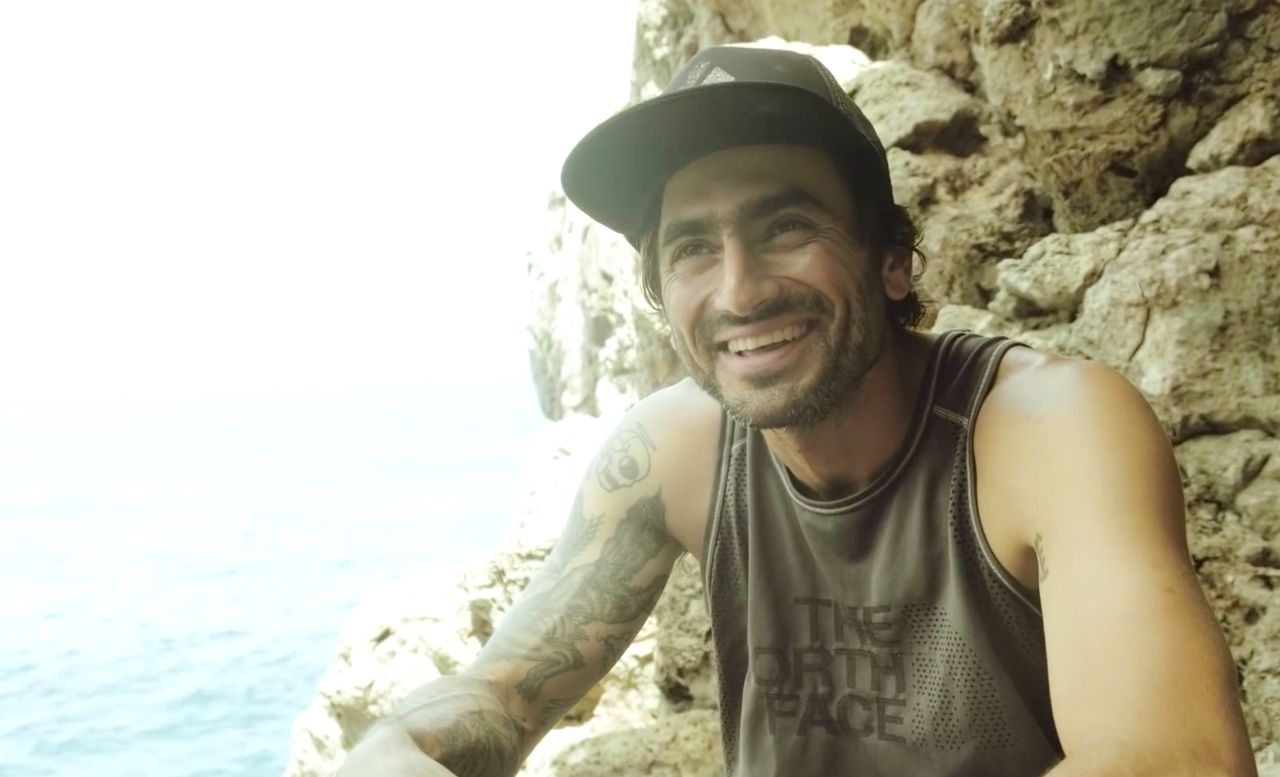
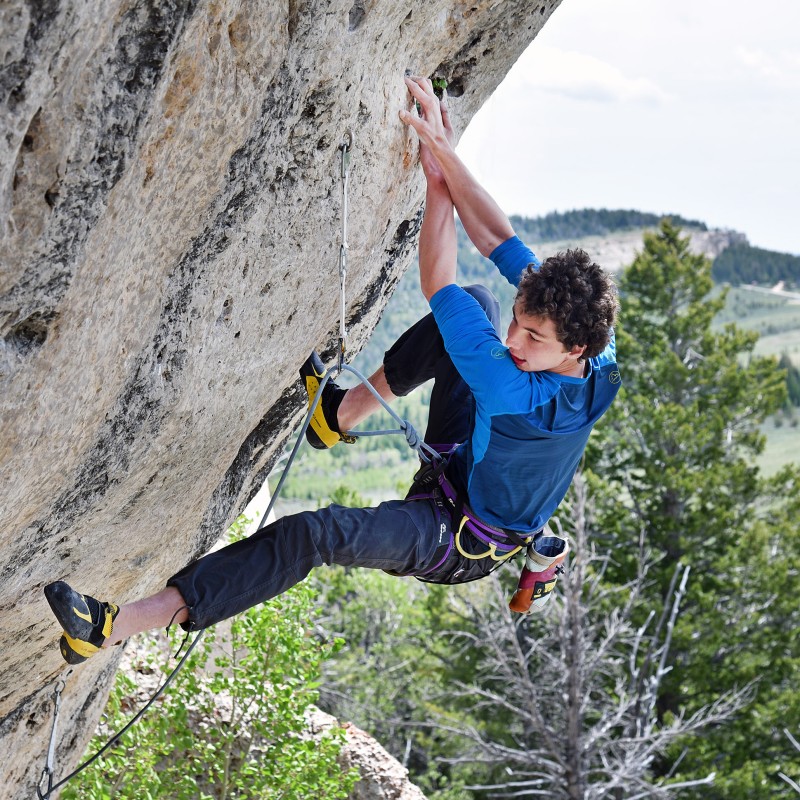
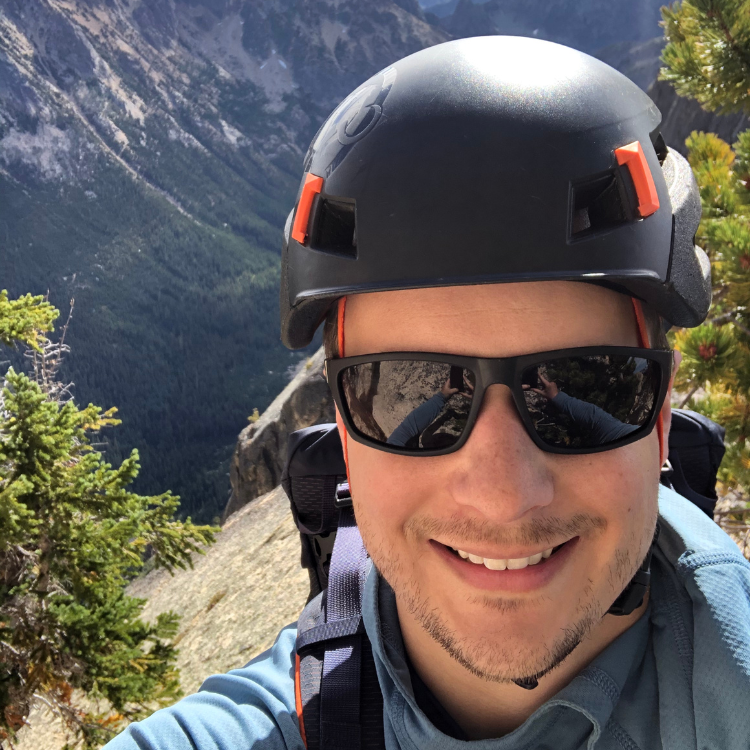
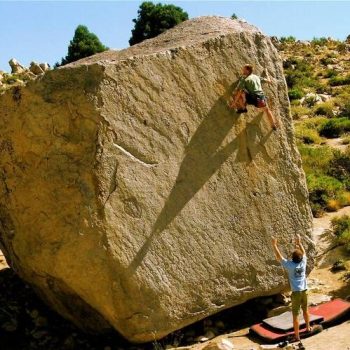
Stay informed with monthly membership perks - latest exercise science, personalized advice from Dr. Cunningham, and exclusive product discounts.

Stay strong from anywhere with our remote video consultations, whether you need injury advice or personalized strength and conditioning programming.

Experience peace of mind knowing that you have optimized your health to perform at your genetic potential.
Thomas Cunningham, MD is an emergency medicine physician with expertise in rock climbing research on injury, nutrition, and medicine.
He combines evidence-based medicine, nutrition, and training to enhance performance and wellness.
Dr. Cunningham has published several papers in peer-reviewed journals, holds multiple patents, and has experience in medical technology innovation. When he’s not practicing medicine, Dr. Cunningham enjoys rock climbing and has climbed in various locations around the world.
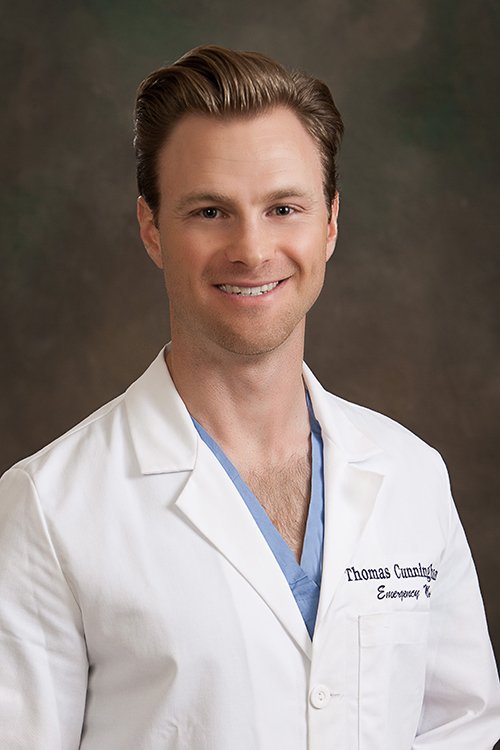






Current literature recommends that conservative treatment take place for all but multiple concomitant pulley injuries. There is an even smaller amount of data that suggests conservative management as the modality of choice in all pulley injuries. What the data also shows is that the vast majority of patients who undergo complete pulley ruptures will regain climbing strength in an average of eight months duration. Most of these individuals will not only regain their police strength but have reported increase in red point level. The overall timeframe to recovery seems to stem from when the recovery process starts. It is imperative that gentle pulley loading and recovery begin almost immediately after injury.
Recently multiple sports teams and individual athletes have begun using CGM (continuous glucose monitoring) as a proxy for managing their real time blood glucose. This allows the athlete to have a real time fuel gauge and understand the parameters of both diet/nutrition and performance metrics. It has been understood that glucose levels are very individualized. One’s subjective “readiness” and performance outcomes are also very nuanced and can be optimized through the use of CGM. There’s a growing body of evidence that suggest that using CGM to guide both pre-and post performance fueling can help with optimizing “go time” and enhancing recovery
Glycogen utilization throughout the lower extremity has been studied extensively in both endurance running, sprinting, and cycling. Invasive techniques such as muscle biopsy have been used extensively to study glycogen utilization in these sports.
Recently noninvasive technique such as ultrasound and cMRI have been used to approximate glycogen utilization throughout the lower extremity. Using the pixelation and real time imaging that ultrasound employees has given researchers a quicker and more applicable estimation of glycogen utilization.
These modalities however have yet to be studied in the upper extremity specifically within the biceps, brachialis, forearm musculature. Given the intense nature of rock climbing this is an area of interest. Given that the Sport of rock climbing namely bouldering and sport climbing are relatively short intense time frames is a great interest to know the speed at which glycogen utilization is taking place.
Both training and dietary recommendations can be made based on this information. In combination with both metabolic cart data and CGM technology one hopes to acquire the optimal training and nutritional platforms for rock climbing.
Over the decades multiple training modalities have been experimented with and the optimal training solution has widely been thought to be some form of periodization. It is unquestionable that periodization as a form of training works, however due to the rigorous demands of climbing periodization can be quite challenging and complex.
The difficult part about climbing, especially red point sport climbing, comes down to the three energy systems that a climber needs to succeed. The anaerobic alactate system, the anaerobic lactate system, and the aerobic system.
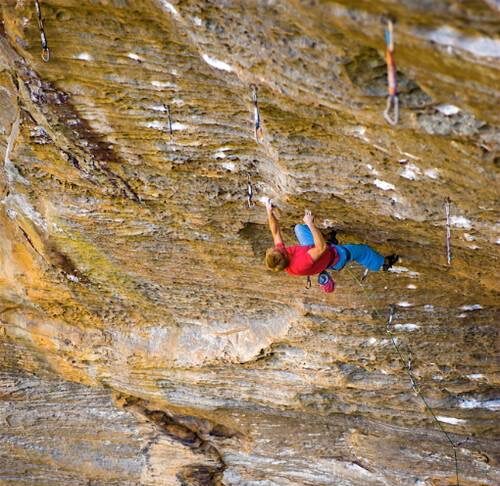
Be a part of our ongoing scientific research on climbing and contribute to the development of best practices for injury prevention, recovery, nutrition, and training.
View this profile on InstagramThomas Cunningham (@thomascunninghammd) • Instagram photos and videos
Health and Wellness is more than Precision medicine.
At the core of our wellness is family and relationships. No matter how well we treat our bodies and minds it is all for nothing if there is no one to experience it with. We are creatures of great social reliance.
At Thomas Cunningham, MD we look at the entire picture. We aim to optimize not only your training and performance, but your enjoyment of life with those around you.
Become a member to find out how we can work with you to enrich your future endeavors.

© 2023 Integral Medicine, LLC All Rights Reserved.